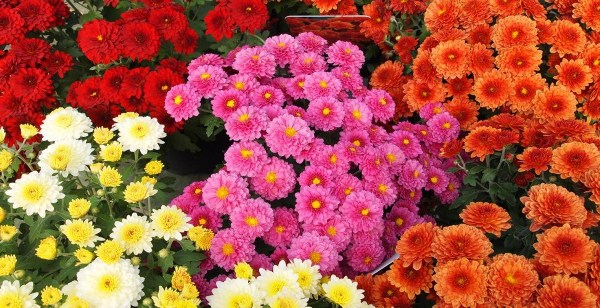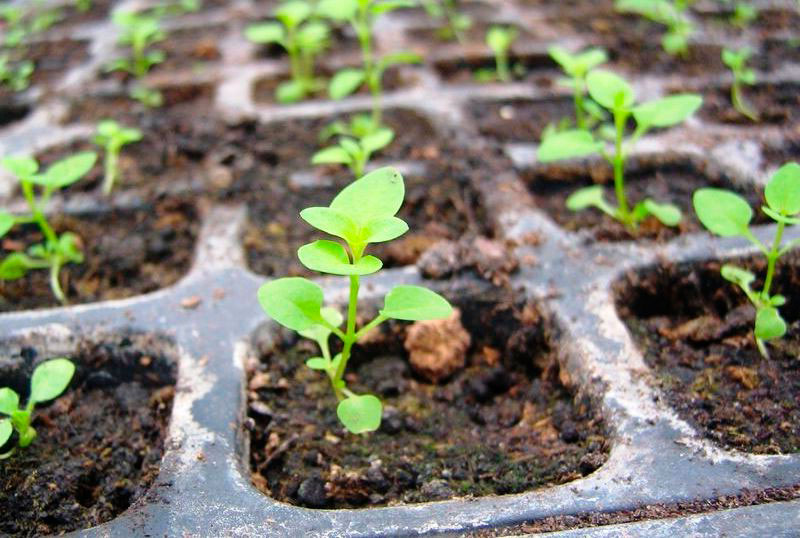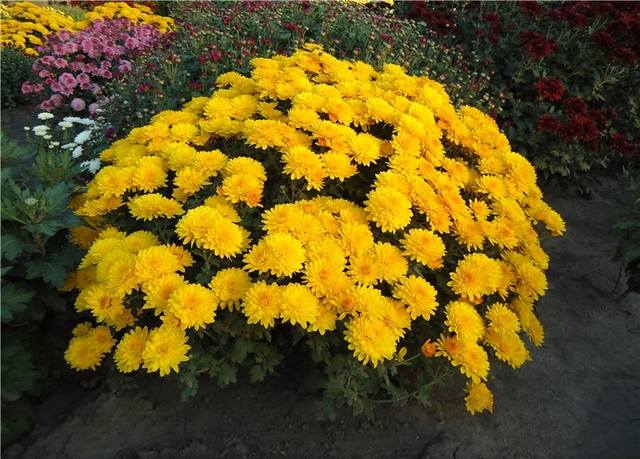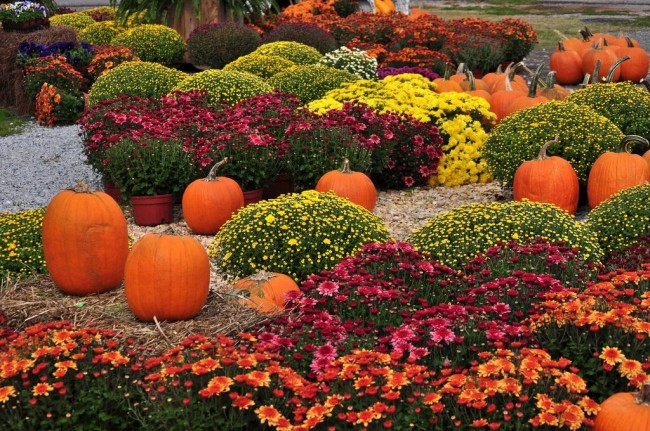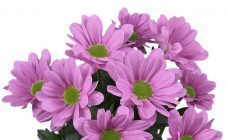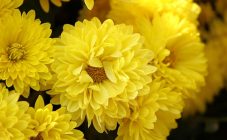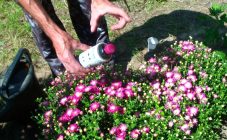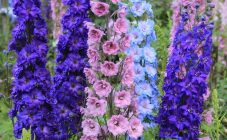Content:
Korean chrysanthemum is one of the subspecies, a perennial bush plant. Like many other ornamental plants, it has a hybrid origin - it appeared due to the crossing of the Korean daisy and the Ruth Hatton variety, which is distinguished by small flowers. From the latter, this variety took just the small size of the inflorescences. Despite the name, this flower was bred not in Korea, but in the United States. The breeder A. Cumming is considered the creator of these first hybrids.
Due to its unpretentiousness and sufficient resistance to low temperatures, the flower has spread throughout the world. However, it requires solar energy to grow and flower, which means it needs warm weather for a long time. To bloom, he needs to receive 5-7 hours of sunlight per day.
Characteristics of the variety
Chrysanthemums are usually characterized by such features as:
- inflorescence size;
- height;
- ripening period;
- coloring;
- winter hardiness.
However, due to the large number of varieties of this species, it is impossible to name the features that are characteristic exclusively of Korean chrysanthemums. Although we can talk about the properties characteristic of most of these plants, there are exceptions in almost every case.
Korean chrysanthemums are moderately resistant to cold, in the southern parts of Russia the plant will survive winter temperatures, but in the central and northern regions, gardeners will have to take extra care of it, providing suitable conditions for survival in winter. Thus, it is impossible to call this flower unequivocally frost-hardy and winter-hardy, since the indicator strongly depends on the climate of the area and the plant variety.
The average height of a hybrid Korean flower is within 30-40 cm, but among them there are tall ones. Stunted, up to 30 cm in height are otherwise called curb.
This species is characterized by an early (relative to chrysanthemums) flowering period, which begins in the middle of summer, that is, in July and lasts until October.
Also in the description of the species it is said that the roots of the plant are located close to the surface of the earth and grow in parallel, without deepening. That is why bush flowers are planted shallow in the ground.
Popular varieties
The most common varieties in Russia:
- Lelia. Terry small-flowered medium-sized (about 50-60 cm) chrysanthemum. One bush accommodates many small (3 cm in diameter) flowers. The color is crimson or dark crimson, depending on the variety. Closer to the middle, the flowers are darker.
- Chamomile. It got its name for its resemblance to chamomile in the shape of the inflorescence and petals. The latter are red-orange in color, and the core is gold.
- Purple Haze. The flower has double inflorescences of a lilac-pink hue, which begin to darken closer to the middle.
- Altgold. It is one of the exceptions among low-growing plants, since it reaches a height of 60 cm. The type of inflorescences is pompom, and the petals are terry. The flowers themselves are dark yellow, lightening from the center to the edges.
- Sun.Tall variety, reaching 80 cm in height. This is an exception to the undersized Korean chrysanthemums. The variety has white-yellow petals that darken towards the edge.
Features of planting and care
In growing plants, whatever they are, there are always secrets, thanks to which their appearance remains at a high level. The basic rules that should be followed when planting and caring for Korean chrysanthemums in the open field are as follows:
- The plant requires a large amount of sunlight, therefore, the place must be chosen sunny with the expectation of the maximum hit of the rays on the bush. When it comes to indoor plants, natural light can be replaced with special lamps.
- A place for planting should be chosen not only light, but also dry, and if the soil contains a lot of excess moisture, drainage is laid at the bottom of the bed in front of the layer of earth into which the planting will take place.
- The recommended hole depth is 40 cm.
- Before planting, the soil is fertilized by mixing with organic fertilizers, for example, mullein. Top dressing is carried out 3-4 times a year, and the first one is immediately before planting.
- Before planting, the soil is carefully loosened.
- A growing flower requires frequent watering.
- Typically, 2 weeks after planting, you can start pinching the bushes as they grow.
- In one area, the plant can grow no more than 2-3 years, so as not to deplete the soil and not degenerate.
- In order for the plant to overwinter without fear, it needs to organize suitable conditions. You can transplant flowers for the winter in pots and bring them into a heated room, cover them during the winter. But it's easier to immediately choose varieties that will allow you to stay in the northern part of the country for the winter outdoors.
Major diseases and pests and control measures
Even with good immunity of the Korean chrysanthemum, there is a possibility for plant disease. To avoid possible complications, you need to carefully look after these flowers, monitoring the manifestations of diseases in the early stages, and also treating flowers with special preparations in a timely manner.
In general, there are several main problems that any gardener will most likely have to face. These include:
- drying out;
- root defeat rot;
- powdery mildew infection;
- gray rot destroying greenhouse flowers;
- pests: mites, aphids, bugs;
- infectious diseases.
In the case of the latter ailments, timely prevention is considered the best remedy. Likewise with pests.
Root infestation is treated by removing excess moisture from the soil, infected rhizomes and replanting the plant. To cure gray rot, you need to remove all damaged parts of the plant and treat it with special drugs (phytosporin, for example).
When the leaves dry or burn, you need to provide the plant with sufficient shade, increase the amount of watering liquid and remove damaged parts of the flower.
In general, there are no super-complicated recommendations for caring for a bush chrysanthemum. Therefore, this flower is a perfect balance between ease of growing and beauty in appearance.
